Abdulaziz, Anas, P, Sreelakshmi, Ashraf, N, Chekidhenkuzhiyil, J, Rajamohananpillai, R, Sengupta, D, Menon, N, George, G, Kulk, G, TR, GK and Sathyendranath, S 2025 Impact of Extreme Weather Events and Land use on Leptospira Distribution in Vembanad Lake and Associated Disease Outbreaks in Near Shore Areas. Water, Air, & Soil Pollution, 236 (12), 768. 10.1007/s11270-025-08417-w
Full text not available from this repository.Abstract/Summary
Leptospirosis is a water-associated zoonotic disease prevalent in tropical and low-income regions. The pathogen enters the environment through rodent excreta, and extreme weather events—such as floods—enhance its transmission to humans. This study analyses the incidence of leptospirosis in Kerala state, examines the distribution of Leptospira in the water column of Vembanad Lake, a Ramsar site and the largest lake in the state, and investigates the influence of land use patterns and the physical and chemical properties of the water column. Water samples for analysis were collected at approximately 20-day intervals over 12 months from 13 stations in Vembanad Lake. Analysis of the decadal dataset of disease incidence indicates that the region is endemic to leptospirosis, with nearly 50% of the cases reported in 2018—particularly in areas surrounding Vembanad Lake—occurring in September, coinciding with a once-in-a-century flood. A significant positive correlation was observed between rainfall and disease incidence (r = 0.73, p < 0.05). Over the past 50 years, built-up areas around the lake have expanded by nearly 150%, providing less space for water and increasing the likelihood of floods that can transmit pathogens. Molecular surveillance using quantitative real-time PCR revealed that Leptospira is prevalent in the lake, with gene copies ranging from 4.62 × 105 (Log₁₀ 5.67) to 3.98 × 10⁷ (Log₁₀ 7.60) per ml during the rainy season (June–December) and 2.8 × 10⁶ (Log₁₀ 6.63) to 1.53 × 10⁸ (Log₁₀ 8.18) per ml during the dry season (January–May). Results indicate that the distribution of Leptospira in Vembanad Lake is influenced by temperature, pH, and nutrient composition (PO₄ and NO₂) of the water column. This study highlights the prevalence of Leptospira in the lake’s water column and the heightened risk of transmission to humans during extreme weather events. It underscores the need for a multifaceted approach, including molecular and remote sensing-based pathogen surveillance, public awareness initiatives, integrated floodwater management, rodent control measures in urban planning, and targeted interventions to mitigate environmental transmission.
| Item Type: | Publication - Article |
|---|---|
| Additional Keywords: | Extreme weather; Leptospirosis; land use; Flood; One Health; Molecular Surveillance |
| Divisions: | Plymouth Marine Laboratory > Science Areas > Marine Processes and Observations |
| Depositing User: | S Hawkins |
| Date made live: | 23 Sep 2025 09:58 |
| Last Modified: | 23 Sep 2025 09:58 |
| URI: | https://plymsea.ac.uk/id/eprint/10516 |
Actions (login required)
 |
View Item |


 Tools
Tools Tools
Tools